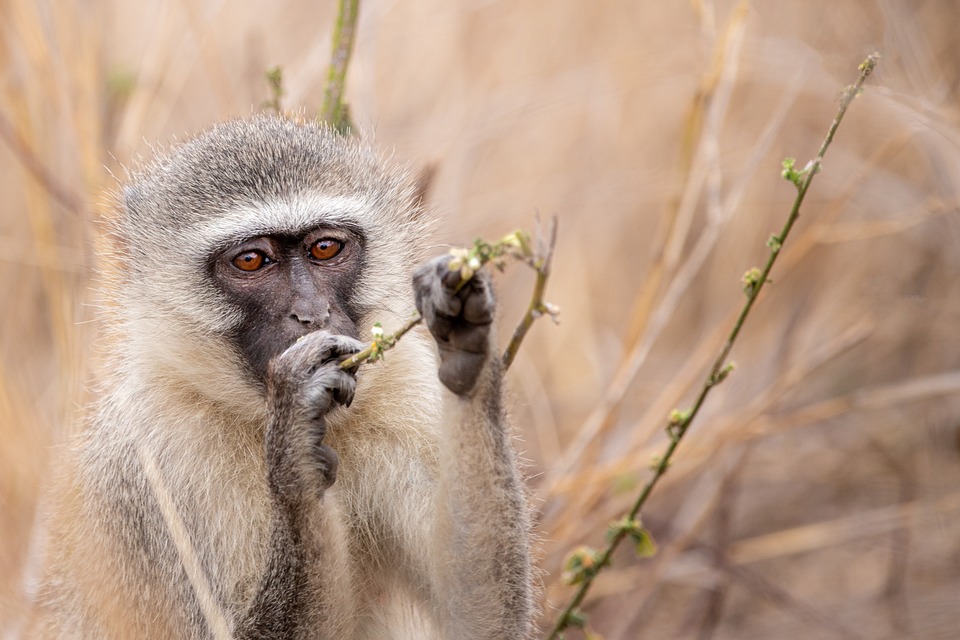In the world of cat behavior, tail wagging holds great significance. While commonly associated with dogs, tail wagging also plays a crucial role in the lives of our feline companions. In this article, we will explore the science behind tail wagging in cats, with a specific focus on its role in hunting play.
Communication and Expression:
One of the primary functions of a cat’s tail is communication. Through different tail positions, cats are able to express their emotions and intentions. For example, a high, upright tail indicates confidence and assertiveness, while a tucked tail signifies fear or submission. Tail wagging, in particular, is an expression of emotions such as excitement, curiosity, or agitation.
Social Dynamics:
Tail wagging also plays a role in social interactions among cats. During friendly encounters, cats may engage in gentle tail movements, indicating their friendly intentions. On the other hand, more aggressive or dominant cats may use their tails to establish hierarchy or mark their territory. Understanding these tail postures and movements can provide insight into the dynamics of feline social relationships.
Tail Wagging in Hunting Play:
Hunting play is an instinctive behavior in cats that mimics their natural hunting instincts. Tail wagging is an integral part of this play behavior and serves several purposes.
The Prey Sequence:
When cats engage in hunting play, they go through a series of behaviors that mimic a real hunting sequence. Tail wagging is observed during the stalking and concentration phase, indicating their focus and arousal. The movement of the tail plays a crucial role in prey mimicry, as it imitates the movements of their prey, making the play more realistic and engaging.
Coordination and Balance:
The tail also serves as a counterbalance during various maneuvers and acts as a tool for maintaining stability and agility. When cats jump, pounce, or change direction quickly, the tail helps them maintain their balance and make precise movements. Tail wagging during pouncing and capturing prey toys is a common sight during hunting play.
Exercise and Energy Release:
Tail wagging during play serves as an outlet for excess energy in cats. It allows them to release pent-up energy and engage in physical and mental stimulation. Providing opportunities for play helps keep cats active and promotes their overall health and well-being.
FAQs about Cat Tail Wagging:
Here are some frequently asked questions about cat tail wagging and their answers:
Q1: Why does my cat’s tail wag when it’s happy?
A: Tail wagging in a happy cat is often a sign of contentment. The gentle swaying motion indicates relaxation and a positive emotional state.
Q2: Can tail wagging indicate aggression in cats?
A: Yes, intense and rapid tail wagging can be a sign of aggression or agitation in cats. It is important to understand other body language cues to correctly interpret their behavior.
Q3: Should I be concerned if my cat’s tail is constantly wagging?
A: Constant tail wagging may indicate anxiety or stress in cats. If your cat’s tail is consistently wagging without any apparent reason, it is advisable to consult with a veterinarian to rule out any underlying health issues.
Q4: Do all cats wag their tails while playing?
A: Not all cats wag their tails while playing, as individual behaviors can vary. However, tail movement is commonly observed during hunting play, providing additional insight into their behavior.
Q5: Can I encourage tail wagging during playtime?
A: While tail wagging is primarily an instinctive behavior, you can create an engaging environment for your cat to encourage playfulness. Provide interactive toys and engage in interactive play sessions to stimulate their natural hunting instincts.
Conclusion:
Tail wagging in cats serves various purposes, including communication, social dynamics, and hunting play. By understanding the science behind tail wagging, we gain valuable insights into our feline companions’ intricate behaviors and can strengthen the bond we share with them. So, the next time you observe your cat’s tail in motion, remember the role it plays in their captivating world!








